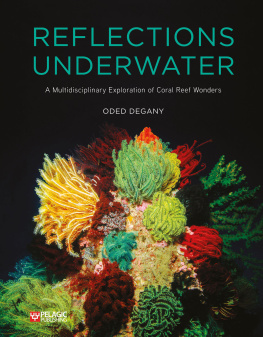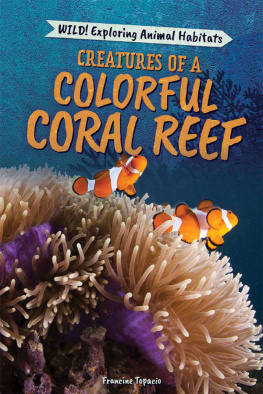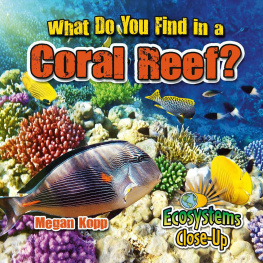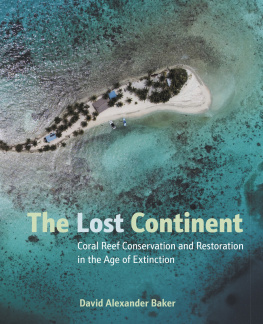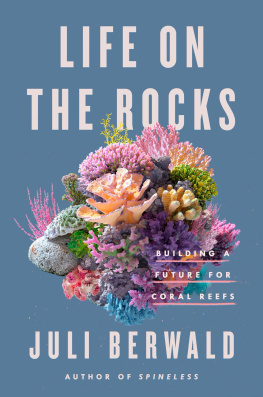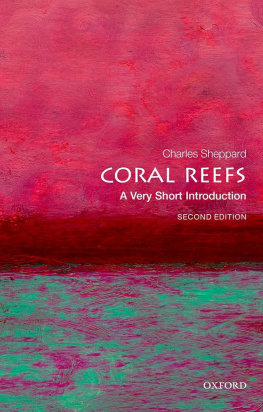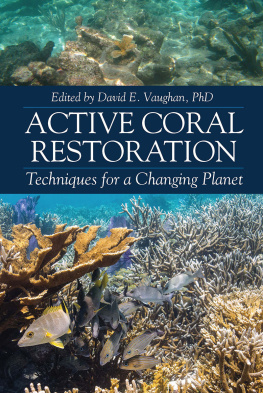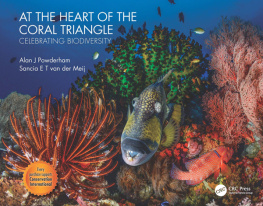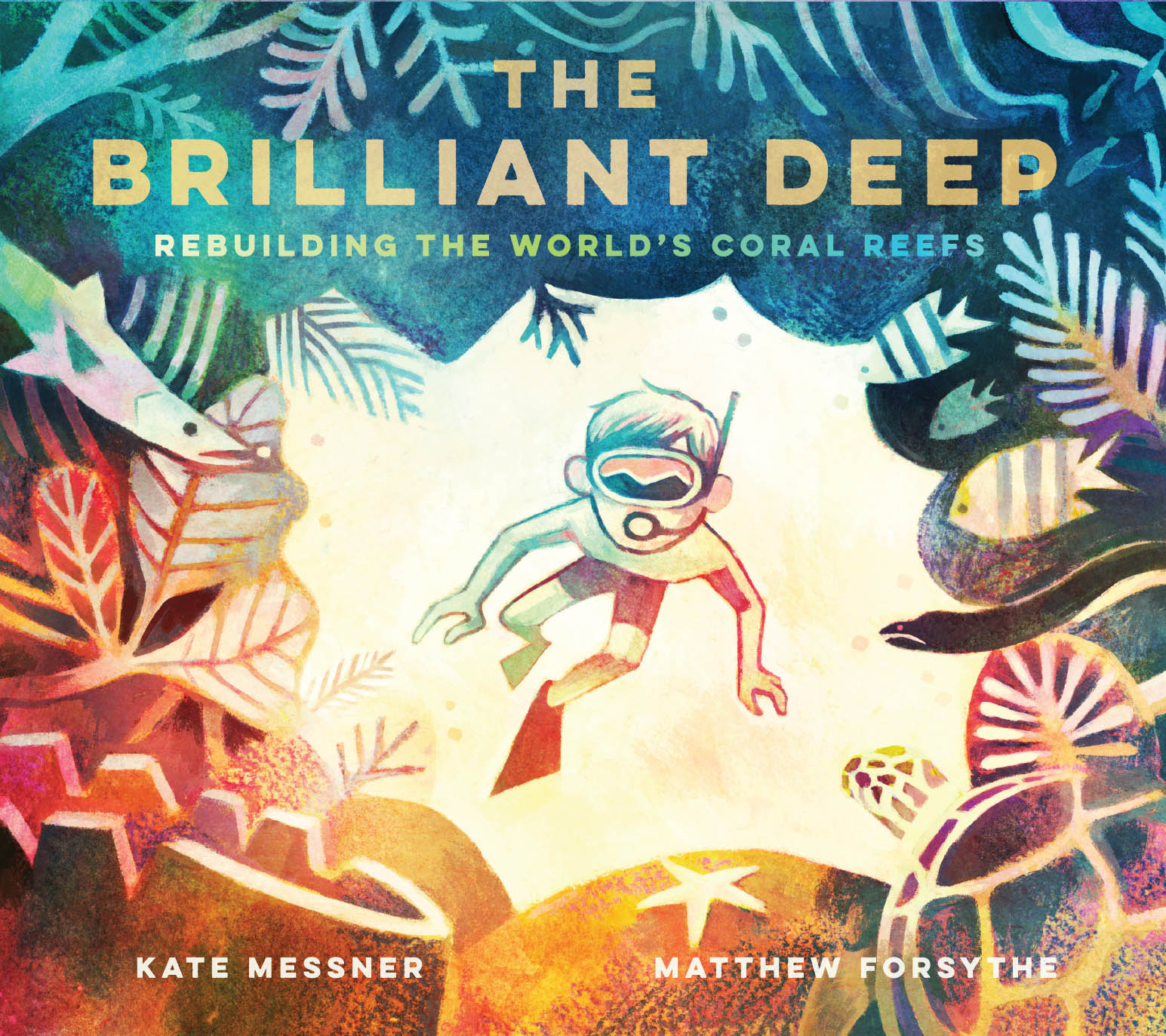

For Abby and Will, with love KM
For Lauren MF
Text copyright 2018 by Kate Messner.
Illustrations copyright 2018 by Matthew Forsythe.
All rights reserved. No part of this book may be reproduced in any form without written permission from the publisher.
Library of Congress Cataloging-in-Publication Data:
Names: Messner, Kate, author. | Forsythe, Matthew, 1976- illustrator.
Title: The brilliant deep : rebuilding the worlds coral reefs : the story of Ken Nedimyer and the Coral Restoration Foundation / by Kate Messner ; illustrated by Matthew Forsythe.
Description: San Francisco, California : Chronicle Books, 2018. | Audience: Age 5 to 8. | Audience: K to Grade 3.
Identifiers: LCCN 2016010977 | ISBN 9781452133508 (alk. paper) | ISBN 9781452157030 (epub2) | ISBN 9781452157900 (epub3) | ISBN 9781452157917 (epib) | ISBN 9781452157894 (kindle)
Subjects: LCSH: Coral reef conservationJuvenile literature. | Nedimyer, KenJuvenile literature. | Coral Restoration FoundationJuvenile literature.
Classification: LCC QH75 .M44 2018 | DDC 333.95/53153dc23 LC record available at https://lccn.loc.gov/2016010977
Design by Amelia May Mack.
Typeset in Nobel and Lulo.
Chronicle Books LLC
680 Second Street
San Francisco, California 94107
www.chroniclekids.com

It starts with one.

One night, after a full moon, the corals begin to spawn releasing first one, then millions of tiny livesuntil the waters swirl like a snow globe.

Some become food for hungry fish.
Some are washed into the deep sea.
Some drift in the currents until they come to rest, not too deep, on the ocean floor.
If one is lucky, it lands in a place where it can grow.
This one will begin a coral reef.

Ken Nedimyer grew up near Floridas Kennedy Space Center, watching America race toward the moon.
Before men took off in rockets, Kens father worked at NASA as an engineer.
Ken watched his fathers team send unmanned rocketsLittle Joe, Redstone, Atlastoward the stars. Men followedAlan Shepard, John Glenn.
It seemed like just about anything might be possible if you set your mind to it.

But Kens dreams werent in the stars.
He loved the ocean.

He watched TV shows about underwater explorer Jacques Cousteau.

He visited the beach whenever he could, swimming far out to a world of angelfish and sea stars.
The reefs of the Florida Keys teemed with life.
They painted the ocean floor fire red and murky gold.
How could the reefs grow so large?
What made all the different colors and shapes?
How could such tiny creatures build such elaborate homes of rock?

Ken learned to scuba dive and began collecting fish to keep and study at home. At one point, he had thirty aquariums in his bedroom, all bursting with life.

Kens favorite place was always out on the reef... until things began to change.
One summer, hotter than the rest, Ken noticed the corals were losing their color, and there werent as many fish.

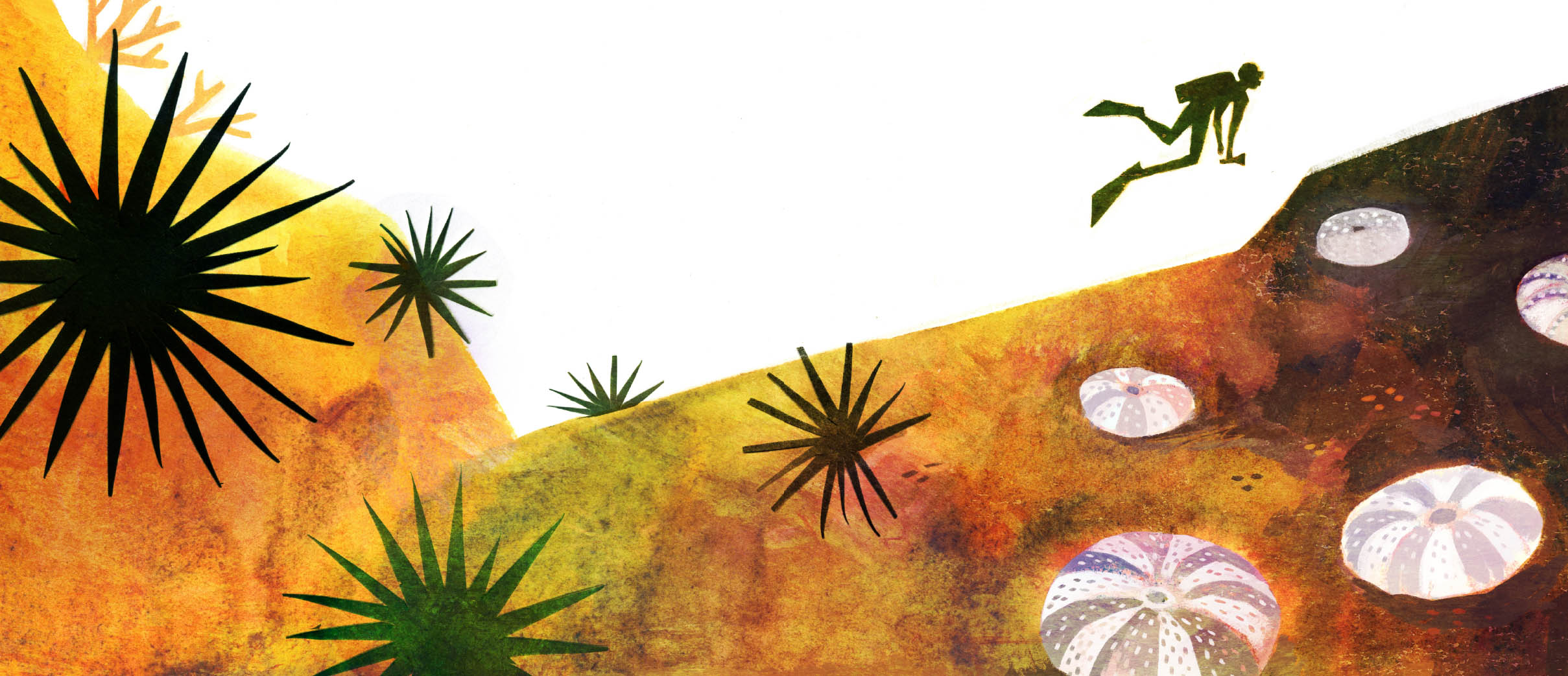
The sea urchins had started to die. They are the gardeners of the reef, tiny groundskeepers who control the algae. But Ken didnt know that at the time.
Even scientists didnt understand what an important role the sea urchins played until they were gone.
Ken watched his favorite place in the world begin to fade away.
The reefs were dying, and it seemed like there was nothing he could do to save them.
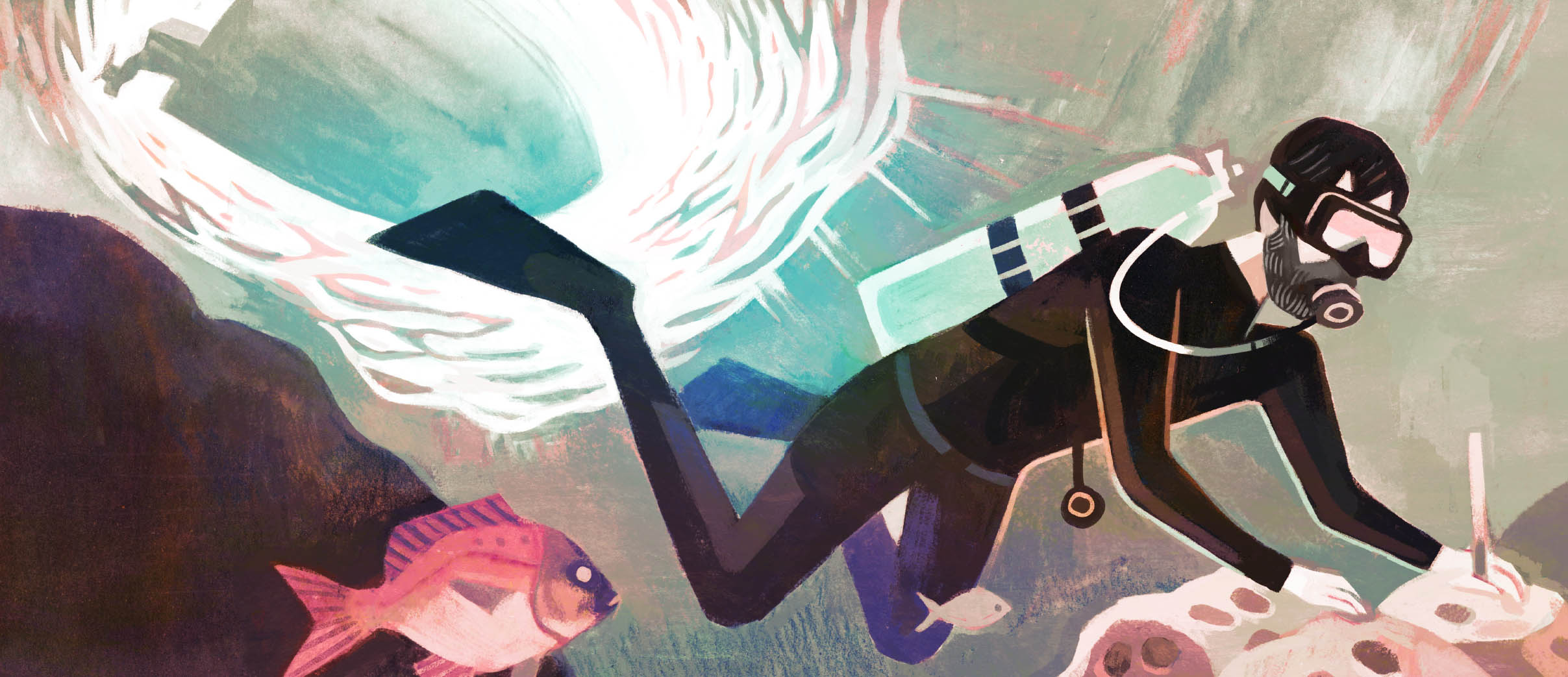
But one day, that changed.
Ken was all grown up, operating a live rock farm in the Florida Keys.
Live rocks arent really alive; theyre rocks covered with algae, mollusks, sponges, and other invertebrates. Theyre used in saltwater aquariums as decoration and to filter waste from the water, turning poisons like ammonia and nitrates into harmless compounds. This makes the water safer and healthier for everything that lives in it.
And growing them is really just a matter of patience... placing rows of bare rocks on the ocean floor and waiting for the marine life to move in.
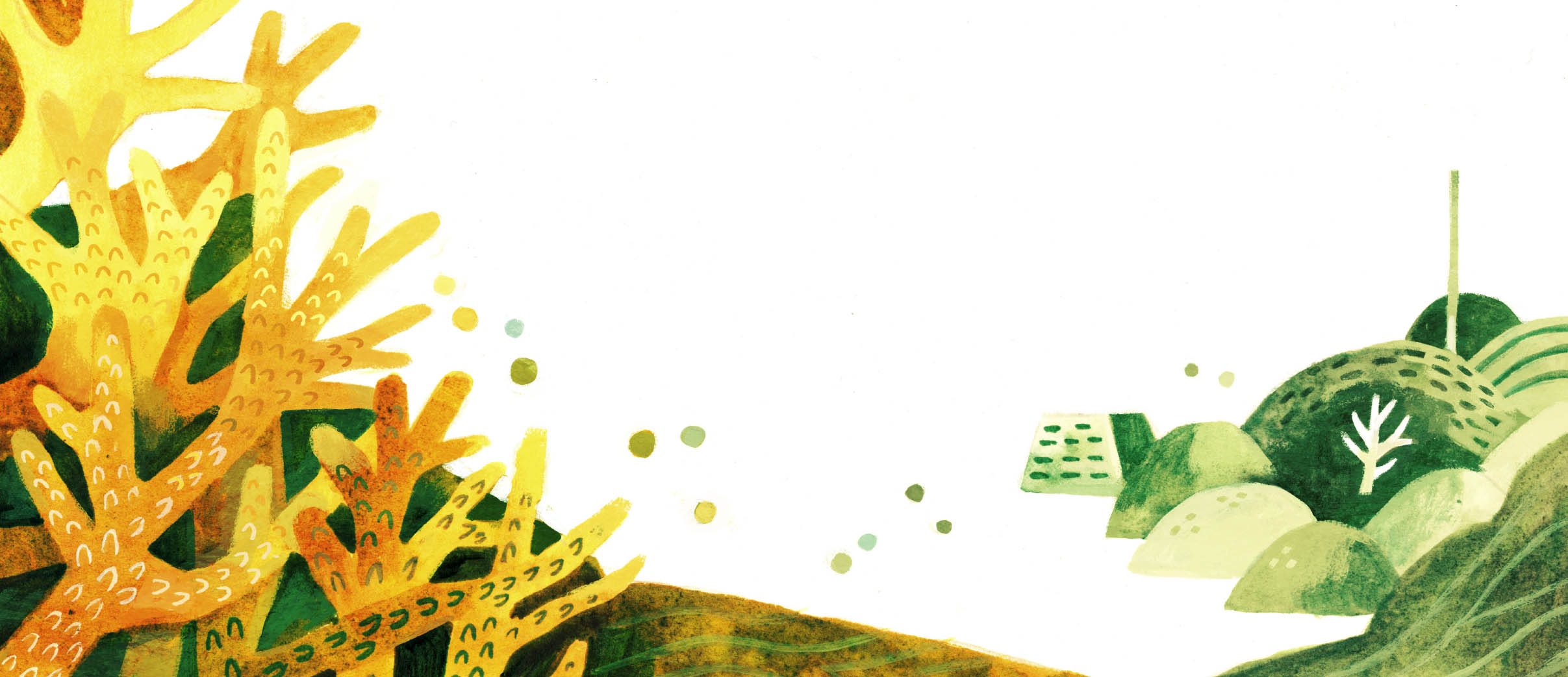
On one moonlit night, a nearby coral colony spawned, and a few of those delicate lives found their way to Kens rocks. They grew into staghorn corals.
Staghorn corals are protectedillegal to take from the ocean floor. But the law says if a coral colony grows on a live rock farm, the owner can keep it.
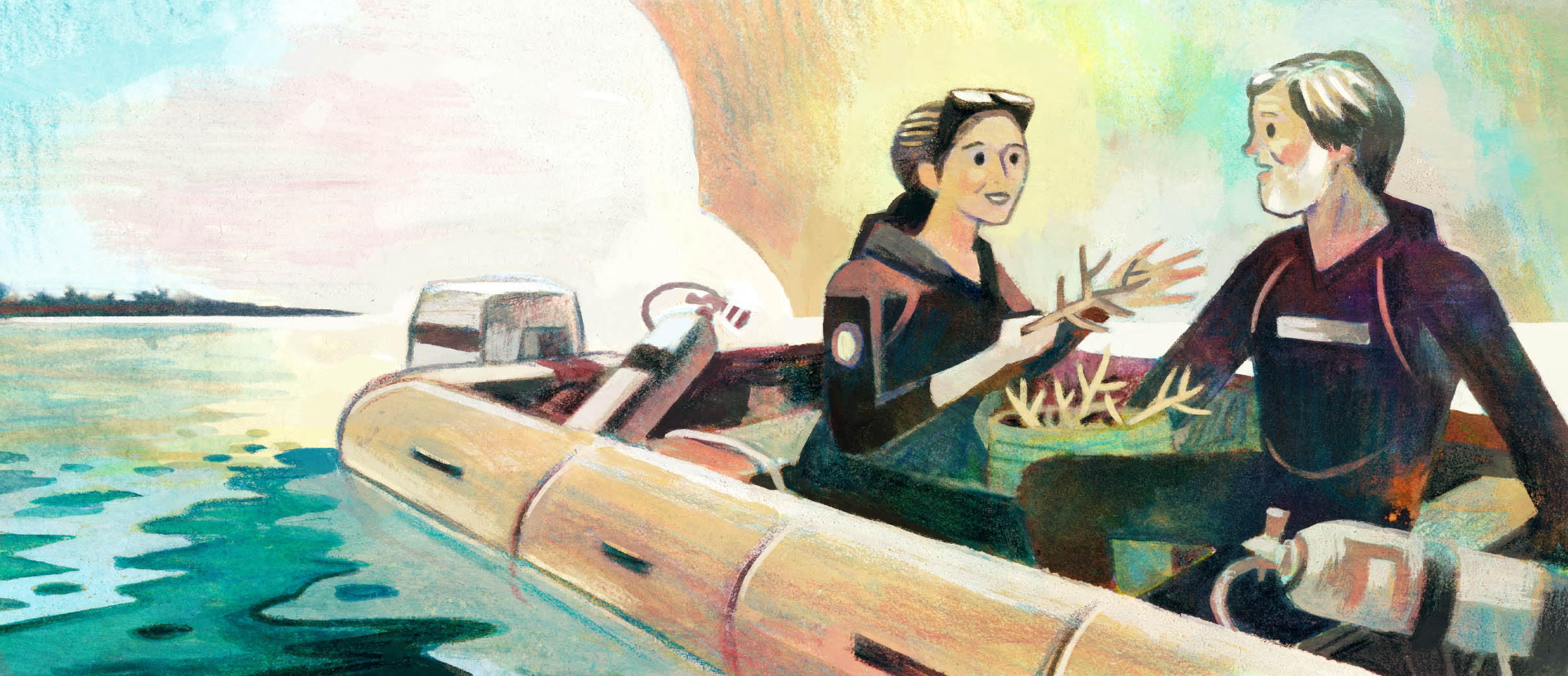
Ken could have sold his specimens to someone with a saltwater aquarium. But instead, he and his daughter had an idea. As the corals grew, they cut off pieces and attached those pieces to other rocks. They discovered they could use those first colonies to grow more and more corals.
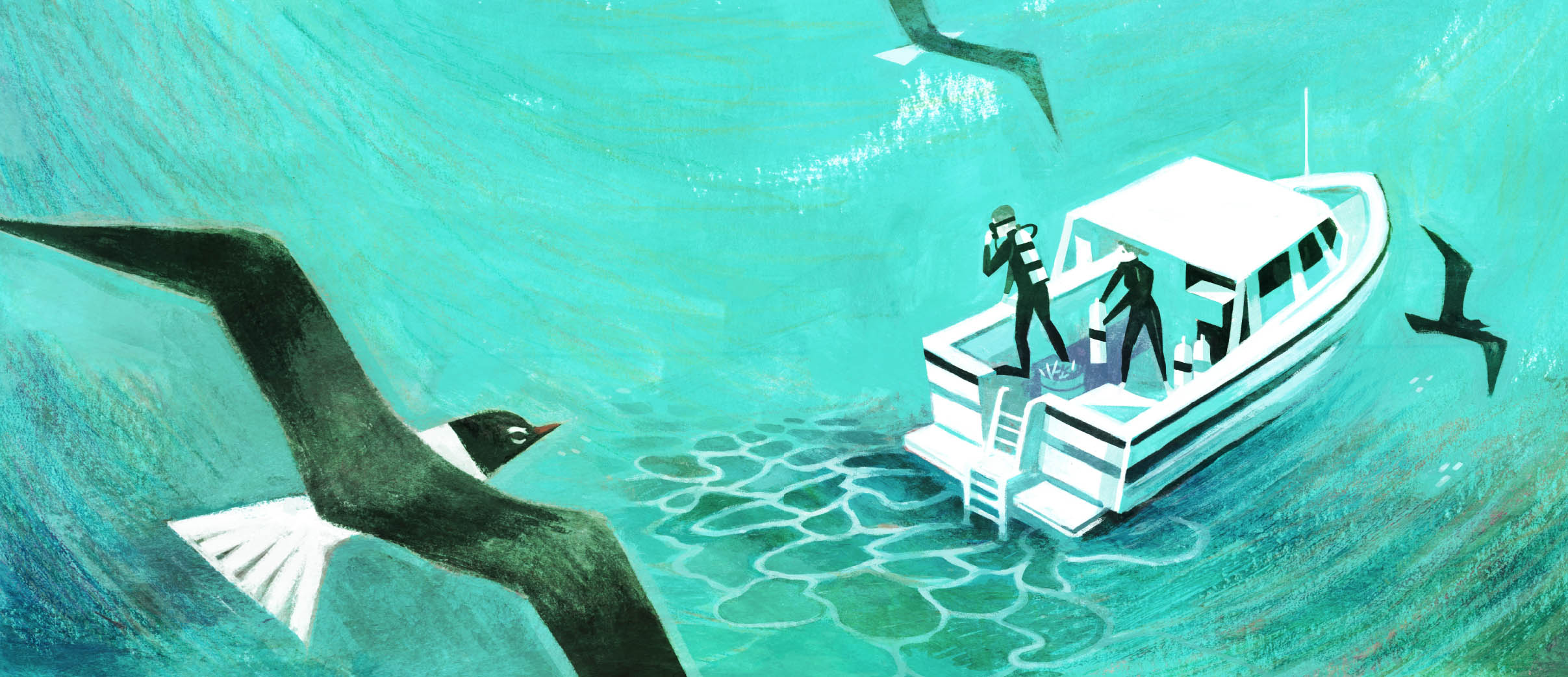
What would happen if someone grew a coral colony and then tried to plant it on a dying reef? Would it grow? Could that colony help rebuild the reefs Ken loved? Could a reef come back to life?
Ken made plans to go to the reef, where hed loved diving as a kid, to find out.
He selected his coral colonies.
He loaded his scuba gear and supplies...
Next page

